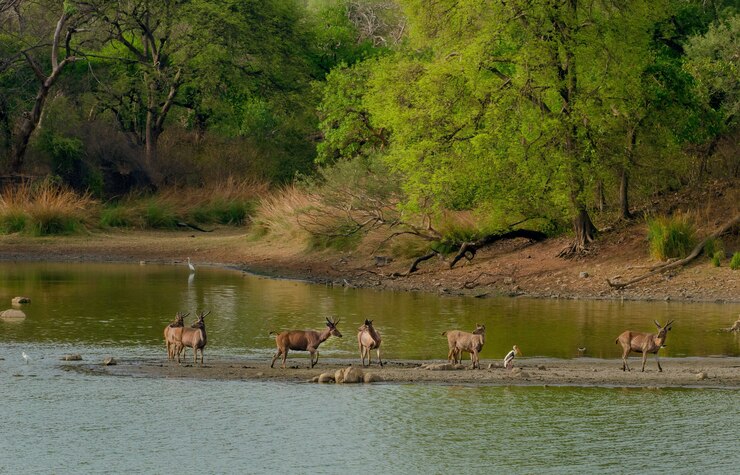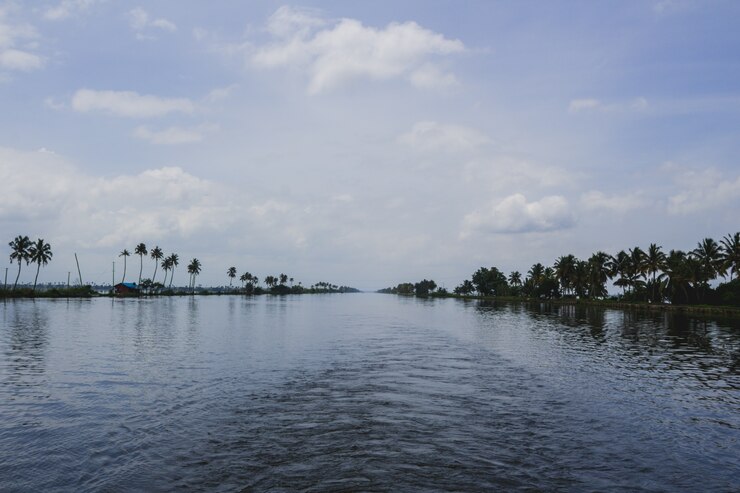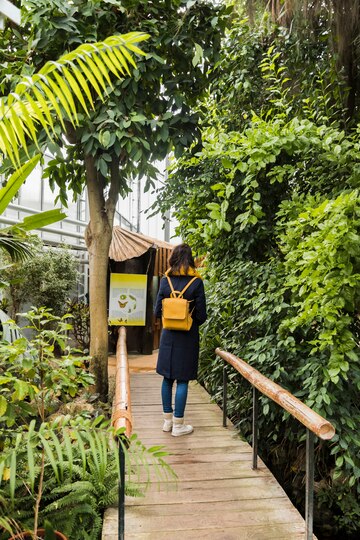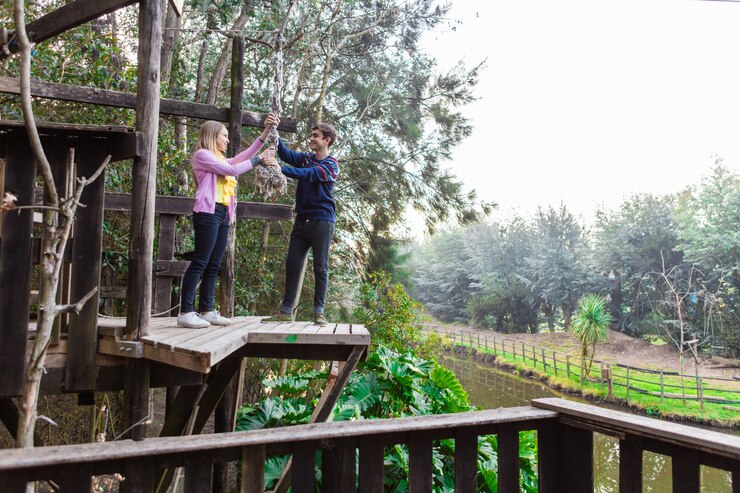This vast mangrove forest beckons the adventurous soul to discover in its untamed beauty. You have a journey that is incomplete until you take a Sundarban tour. From serenading waterways to mysterious wildlife, each corner of this forest is full of wonder.This guide will help you plan the perfect trip and show you why the best time to visit Sundarban can make all the difference.
November to February are the best time to visit Sundarban, so get ready and plan this holiday today. It is not just a journey but a story waiting to be written.
Discover the Magic of a Sundarban Tour
A Sundarban tour is like walking into an untouched world, untouched by time. For instance, no matter which river and creek leads you, you are always looked upon with open arms, giving you a glimpse of its unique biodiversity. This forest is not just a destination; it will remain alive in your heart forever.

Why Timing is Everything: Best Time to Visit Sundarban
Timing can change your Sundarban tour experience from good to extraordinary. November to February should be considered while planning the tour. This will be a fine time for experiencing the complex interwoven riverine and having a view of the majestic royalty, like that of the mysterious Royal Bengal Tiger. It has been stated previously that the finest time to see Sundarban will guarantee less turbulent boat safaris and full observation of sundry forest activity.
What Awaits You in the Sundarbans?
A Sundarban tour is a treasure trove of unique experiences:
Wildlife Encounters:
The Sundarbans are home to the majestic Royal Bengal tiger, spotted deer, crocodiles, and vibrant bird species. Keep your camera ready for surprises!
Boat Safaris:
Drift along the serene waterways and feel the forest’s pulse. The best time to visit Sundarban enhances the chances of spotting wildlife from your boat.
Local Villages:
Experience the simple yet rich culture of the villages that dot the edge of the forest. Their stories and traditions add depth to your journey.

Creating Your Ideal Sundarban Tour Itinerary
Planning a Sundarban tour is as exciting as the adventure itself. Here are some must-have stops to include:
1. Sajnekhali Watchtower:
A hotspot for birdwatching and catching a glimpse of wildlife.
2. Dobanki Canopy Walk:
The forest is a high walkway with stunning views.
3. Sudhanyakhali Watch Tower:
Perfect place for tiger sightings.
Opt for a guided tour, and your trip will be smooth and safe. Only experts can decide which routes to take and not to miss what lies in the thick of the forest.

Preparations Before a Sundarbans Tour
Pack Smart:
Carry essentials like comfortable clothing, binoculars, and a camera.
Choose the Best Time:
Always plan your visit during November to February for optimal conditions.
Respect the Forest:
Follow the guidelines provided by your tour guide and leave no trace behind.
Why a Sundarban Tour is a Must-Do Adventure
It’s not a simple tour in the Sundarban but about connection with nature at its purest. The enormity of the forest, the wild’s call, and every passing moment can bring out this wonder-stricken sense of you. This time will see the Sundarban in all its beauty if visited at its best.
Conclusion
Sundarban, an adventure tour designed to energize your spirit. Wildlife beckons with its mesmerizing charm, waterways that are soothing to the soul, and cultural richness of the Sundarbans .There is something exceptional about this destination.
Plan your tour to Sundarbans now! Witness its mesmerizing beauty at the best season for an experience that will last a lifetime.









